ASUS ZenFone 6 review: Great selfies, pure Android
ASUS is back, with the first ZenFone in years you'll actually care about.
The ZenFone 6 is not the ASUS phone you might have been expecting. It's not packed to the gills with bloatware, or plastered with an obnoxious UI skin, or built like an iPhone copycat.
Instead, ASUS has refocused its smartphone efforts on the things that are more likely to appeal to Android Central readers like you. In brief, that means top-end specs at a competitive price, epic battery life, and differentiation through a notch-free design and a wacky flip camera setup.
With a price targeting the standard OnePlus 7 but with a markedly different set of strengths, it's possible the ZenFone 6 could be one of the most surprising Android success stories of the year. After two weeks with this intriguing device, though, it's clear that some compromises have been necessary to pack all this power into such a competitively priced device.
A return to form
ASUS ZenFone 6
A great phone for value-conscious enthusiasts and selfie-takers.
We didn't expect that one of the most interesting flagship phones of 2019 would come from ASUS, of all companies. But the ZenFone 6 demonstrates a real turnaround for the company. It's a device with top-tier specs and competitive pricing, capped off by a unique take on the smartphone camera.
The Good
- Fast performance
- Clean software
- No notch, minimal bezels
- Humongous battery
- Unique camera features
The Bad
- Display just OK in daylight
- Main camera falls behind OnePlus 7
- Both cameras prone to over-brightening, over-sharpening images
- No wide-angle video
Flipping good
What I love about the ZenFone 6
ASUS's new flagship phone isn't really trying to be slim or sleek. It's an unashamedly huge slab of a handset. And although it's clad in the same metal and glass like most other mainstream handsets, the in-hand feel is almost like a relic of smartphone history.
That's not a bad thing, though. The chamfered side walls are a throwback to fan-favorite phone designs of old. (A touch of HTC design DNA, perhaps.) Meanwhile, the weighty feel is a reminder that this device has the largest battery in any mainstream phone.
This is a big, chunky phone with beefy specs.
At 6.4 inches diagonally at 19.5:9 aspect ratio, the display is large enough to feel expansive but not excessive, and ASUS's unique approach to cameras means there's no need for a large bezel or notch. (That said, the borders that are there are a little thicker than competitors like the Honor 20 series.) There's also no in-screen fingerprint; instead a capacitive rear-facing fingerprint scanner takes care of biometric duties. (Face unlock is an option, though cumbersome to use with the flip camera.)
For a phone reportedly (eventually) hitting the market in the U.S. around the $499 mark (and is already on sale in Europe for €549 including tax), the ZenFone's spec sheet is remarkable. The core hardware is every bit as beefy as the high-priced competition:
ASUS ZenFone 6 hardware specifications
| Category | Features |
|---|---|
| Design | Corning Gorilla Glass 6, 3D Curved Glass with NMT technology |
| Dimensions | 159.1x75.44x(8.4-9.1mm) |
| Display | 6.4-inch Full HD+ IPS LCD, 19.5:9, 91% screen-to-body ratio, 100% DCI-P3 colorspace |
| Weight | 190g |
| CPU | Snapdragon 855 |
| GPU | Adreno 640 |
| Main Camera | 48MP Sony IMX586, f/1.79 |
| Second Camera | 13MP 125-degree ultrawide |
| Video Recording | 4K UHD, 3-axis EIS |
| Wireless | 802.11 a/b/g/n/ac 2x2 MIMO, WiFi-Direct, Bluetooth 5.0 |
| SIM/SD | Triple slots: 2X nanoSIM, 1X microSD |
| OS | Android 9 Pie, ZenUI 6 |
| NFC | Yes |
| Battery | 5,000mAh, 18W Quick Charge 4 |
| Colors | Midnight Black, Twilight Silver |
I've been using the 8GB RAM / 256GB storage model, which absolutely flies through both heavy gaming and everyday smartphone tasks. ASUS has tuned up the Android runtime for faster launches of common apps, and the "AI Boost" feature can intelligently preload apps based on your usage patterns. Needless to say, I rarely saw a single splash screen in my few weeks with the phone.
The ZenFone 6's monstrous battery is the main eye-catching hardware spec. At 5,000mAh, it's the largest in any mainstream phone, and a major reason for the phone being as chunky as it is. In our briefings ahead of the phone's launch, the company was upfront about the trade-offs involved in packing in such a large battery: It could've included a 4,000mAh battery with 40W charging in the same chassis size. Instead, it went with 5,000mAh and 18W fast-charging, which I think was the right decision.
My battery life from the ZenFone 6 has been in line with some of the better-performing Android phones out there, though it wasn't consistently better than the Huawei P30 Pro (which has a mere 4,200mAh battery) in terms of screen-on time. Perhaps the less efficient LCD display is a factor there. Nevertheless, this is easily a two-day phone unless you're really pushing it to the max.
The ZenFone 6's quirky flip camera is both a strength and a weakness.
The other eye-catching feature is ASUS's quirky camera setup. In lieu of a separate front-facing camera array, the ZenFone 6 sports an innovative flip camera module, packing in standard and wide-angle shooters at 48 and 13-megapixels respectively. (The main shooter is the same Sony IMX586 used in the OnePlus 7 series and many others.) And because they can face in either direction — or anywhere in between — there's no need for any dedicated selfie cameras.
An extensive amount of engineering has gone into ASUS's new camera module — from the "liquid metal" alloy used in its chassis to the custom stepping motor that allows it to smoothly rotate. And like other leading mechanical camera setups, the ZenFone 6 will also retract its phone into the body if it detects a fall. Check out our initial preview for more on the engineering behind the flip camera.
Using a flagship-tier wide and standard camera for selfies is a bit of revelation, with front-facing image quality beating just about everything besides the Google Pixel 3. (Google still wins on the basis of HDR+ and Night Sight.) Even then, the ZenFone can produce a wider-angle shot than Google's phone, and there are more software tweaks on offer in ASUS's camera software.
One particularly neat trick, as mentioned, is how the flip camera can be held at any point between front and rear-facing. Similar to a rotating viewfinder on a standalone camera, this lets you frame up a shot at an unusual angle — for example at eye level with a pet or a small child, or facing upwards to capture clouds or skyscrapers.
Take photos from the front or the rear - or anywhere in between.
As far as software processing goes, ASUS has various levels of "HDR+" processing. This isn't the same as Google's HDR+ feature, which uses its own proprietary Gcam technology, but it does use multi-frame processing to — usually — ensure captures are evenly exposed with ample highlight and shadow detail.
ASUS goes a step beyond this with its "HDR++" mode, which is essentially a dedicated daylight shooting mode. You won't want to use it in anything but ideal lighting conditions, and my results have been pretty mixed, but not terrible. Sometimes images come out looking flat compared to full auto; other times the sharpening can go overboard. It's a situational feature, and wherever I used it I found myself taking a shot in full auto as a backup.
The dedicated night mode itself works much like the same mode on other flagship phones — hold still for a few seconds to capture a brighter image. Once again, ASUS is prone to flattening images somewhat, but generally speaking the improvement compared to full auto was evident and welcome, with improved noise reduction and color reproduction.
Throughout my review period, the ZenFone 6 has had two major software updates, both of which have markedly improved photo quality. In particular, low-light quality and over-sharpening of images have improved since I first started using this phone.
While this phone isn't going to challenge the Pixel 3 or Huawei P30 Pro in terms of raw image quality, is it an incredibly fun camera setup to use, and undeniably one of the best for selfies.
Great specs and solid cameras don't mean much if the user experience doesn't measure up, though. In the past, ASUS's ZenUI has been hit-and-miss in this area, with a heavily customized interface and, sometimes, a handful of bloatware on top. In the new ZenUI 6, this all changes. And instead, the philosophy for ASUS's software is now much closer to Android One, or OnePlus's OxygenOS. It's basically stock Android with extra features layered on top.
I've already touched on some of the behind-the-scenes optimizations that ASUS has made to keep the ZenFone 6 feeling fast and smooth.
There's also a new, Pixel-like aesthetic to all ASUS's built-in apps, with bright whites and blues throughout — as well as a focus one one-handed usability, thanks to major controls being moved to the lower portion of the screen. ASUS also has its own one-handed mode, mapped to a double-press of the home key, and its own implementation of night mode, which darkens the interface in its own apps.
There's also a decent selection of navigation options, including the standard three-button (back, home, recents) arrangement, Android Pie-style two-button navigation, and full-screen gesture navigation similar to Android Q.
All of this contributes to an excellent pure Android experience on ASUS's best hardware to date. The extra features added atop stock Android are unobtrusive and easy to ignore if you find they're not for you. Meanwhile, the Android experience is as uncluttered and pleasant as anything from Google or OnePlus.
Zenophobia
What I don't love about the ZenFone 6
As with any mid-priced flagship phone, the ZenFone 6 includes some unavoidable compromises in order to hit its competitive price point. Firstly, due to the unique nature of the flip camera, there's no water resistance or IP rating. Everyday hazards such as rain probably won't damage the phone, but you'll want to avoid dunking it in a pool, or leaving it out in the rain.
And the unique camera module also has a knock-on effect in other areas. It's a total lint magnet and frequently came out of my pocket covered in dust — likely due to the sharp edges, and the clearance between the body and the back of the camera module.
What's more, that same gap between the phone and the camera can cause haptic feedback to feel rattly at times, most noticeably when the phone is held flat in the hand, facing upwards. That's unfortunate because otherwise, this phone's haptic motor is solid.
Inevitably, when a phone boasts high-end specs and a low price tag, there are compromises elsewhere.
My other slight complaint is with the daylight visibility of the phone's IPS LCD display. It's not horrible, but it's clearly a step behind other modern OLEDs. Even compared to flagship AMOLED panels of a few generations ago, the ZenFone can sometimes struggle under exceptionally bright daylight conditions. And that can be problematic when taking selfies, if you're squinting into a dim phone screen while trying to frame up your shot.
On a related note, I've found ASUS's night photo mode, though competent, falls behind OnePlus's and Honor's. As mentioned earlier, software updates have improved the camera considerably over the past few weeks, so hopefully that trend will continue in the months ahead. ASUS certainly has solid foundations to build upon.
There's also an auto-panorama mode that uses the motion of the motor to automatically pan through the scene, which sounds neat, but in my experience framing shots using this mode was often problematic.
Worth the cash?
Should you buy the ZenFone 6? Absolutely!
There are more "affordable" flagship phones than ever on the market right now. However, ASUS manages to stand out from the crowd with a focus on battery life, clean, fast software, high-end specs and a unique approach to smartphone photography. There are trade-offs for sure: This is a big, chunky, heavy phone with an average-looking screen that lacks some common features like water resistance.
But if you value battery longevity and selfie performance, as well as one of the most enjoyable software experiences in any Android phone, the ASUS ZenFone 6 is definitely worth your time and money.
A return to form
ASUS ZenFone 6
A great phone for value-conscious enthusiasts and selfie-takers.
We didn't expect that one of the most interesting flagship phones of 2019 would come from ASUS, of all companies. But the ZenFone 6 demonstrates a real turnaround for the company. It's a device with top-tier specs and competitive pricing, capped off by a unique take on the smartphone camera.
from Android Central - Android Forums, News, Reviews, Help and Android Wallpapers http://bit.ly/2RwriP1


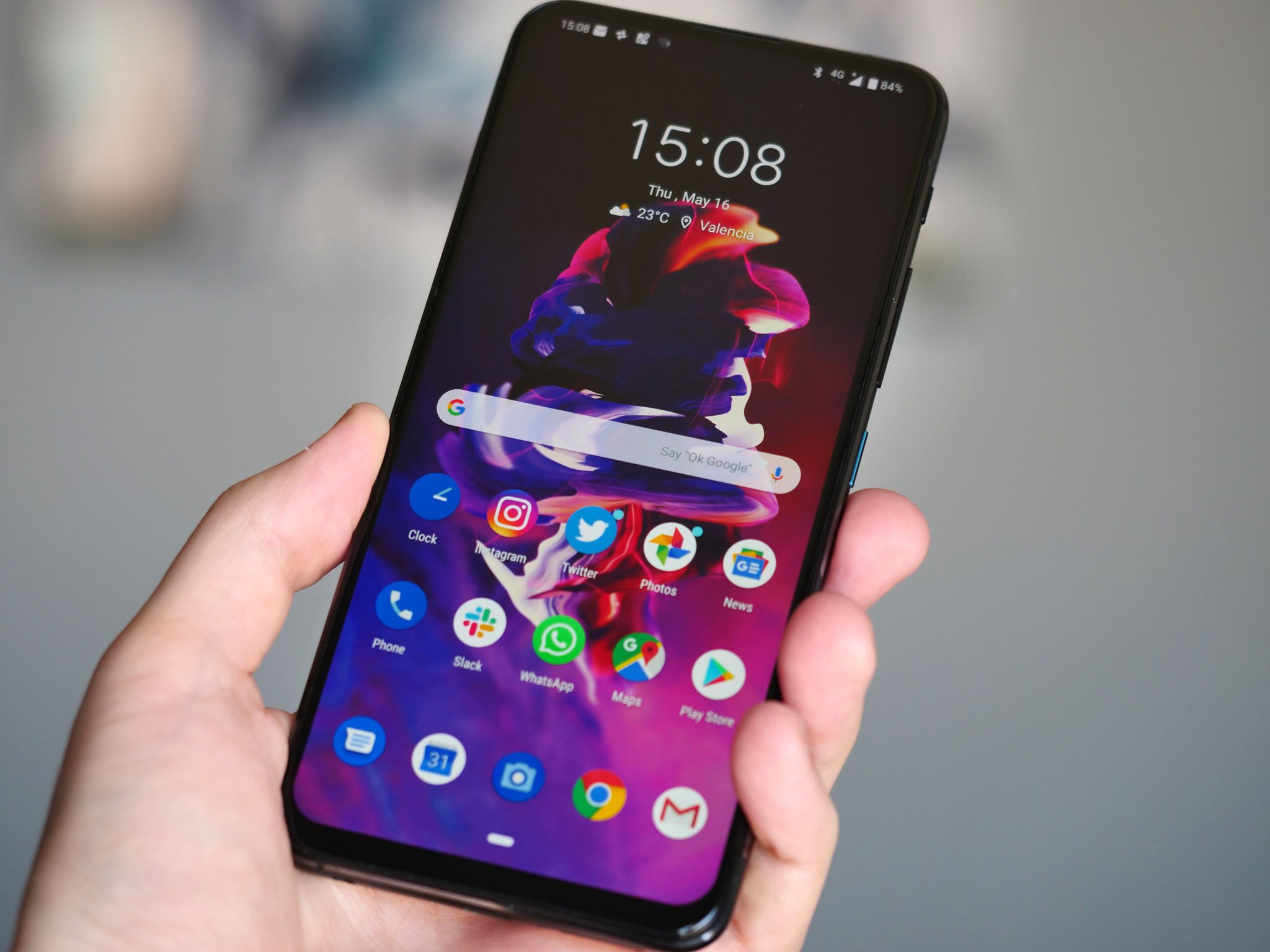
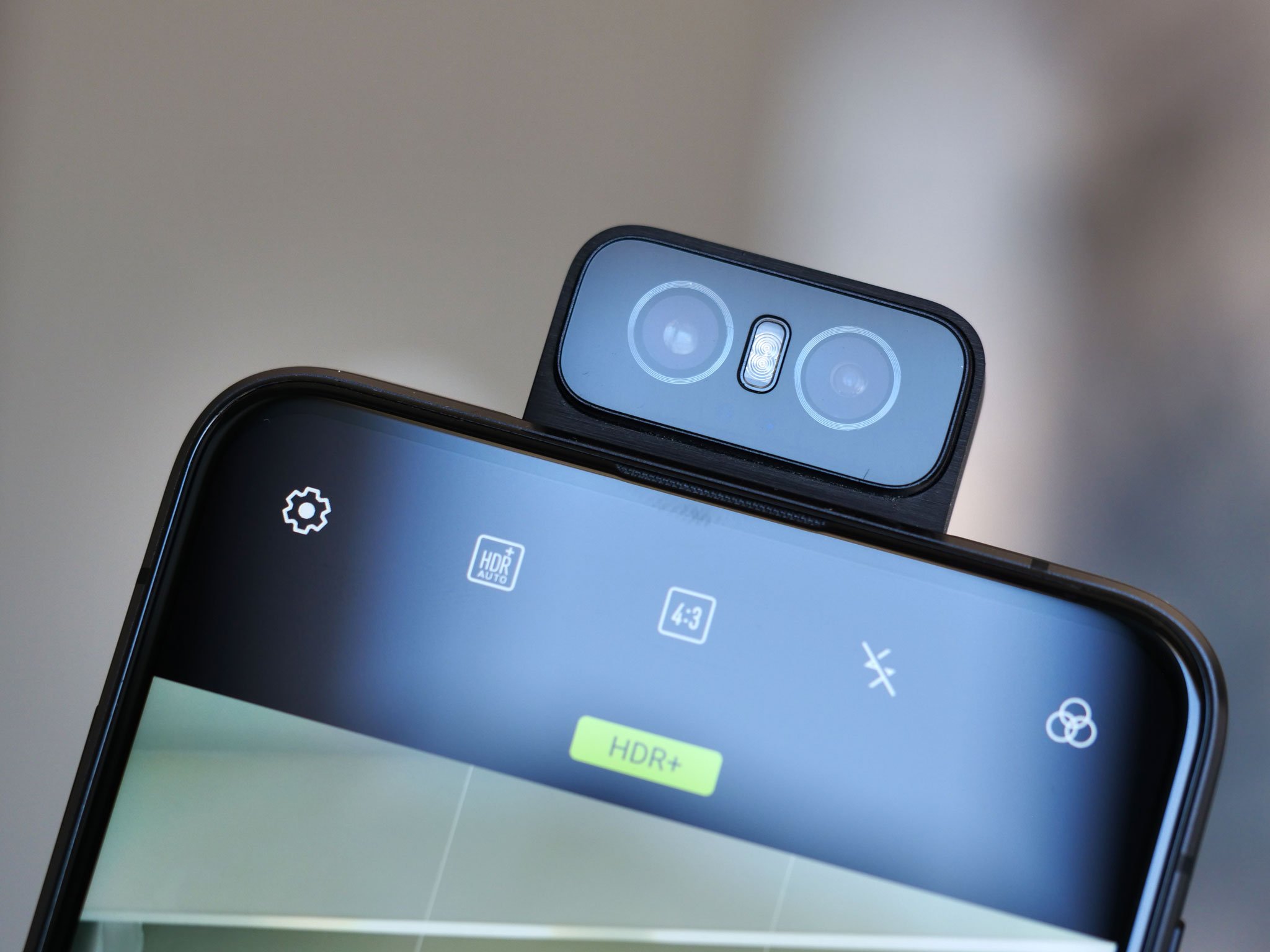
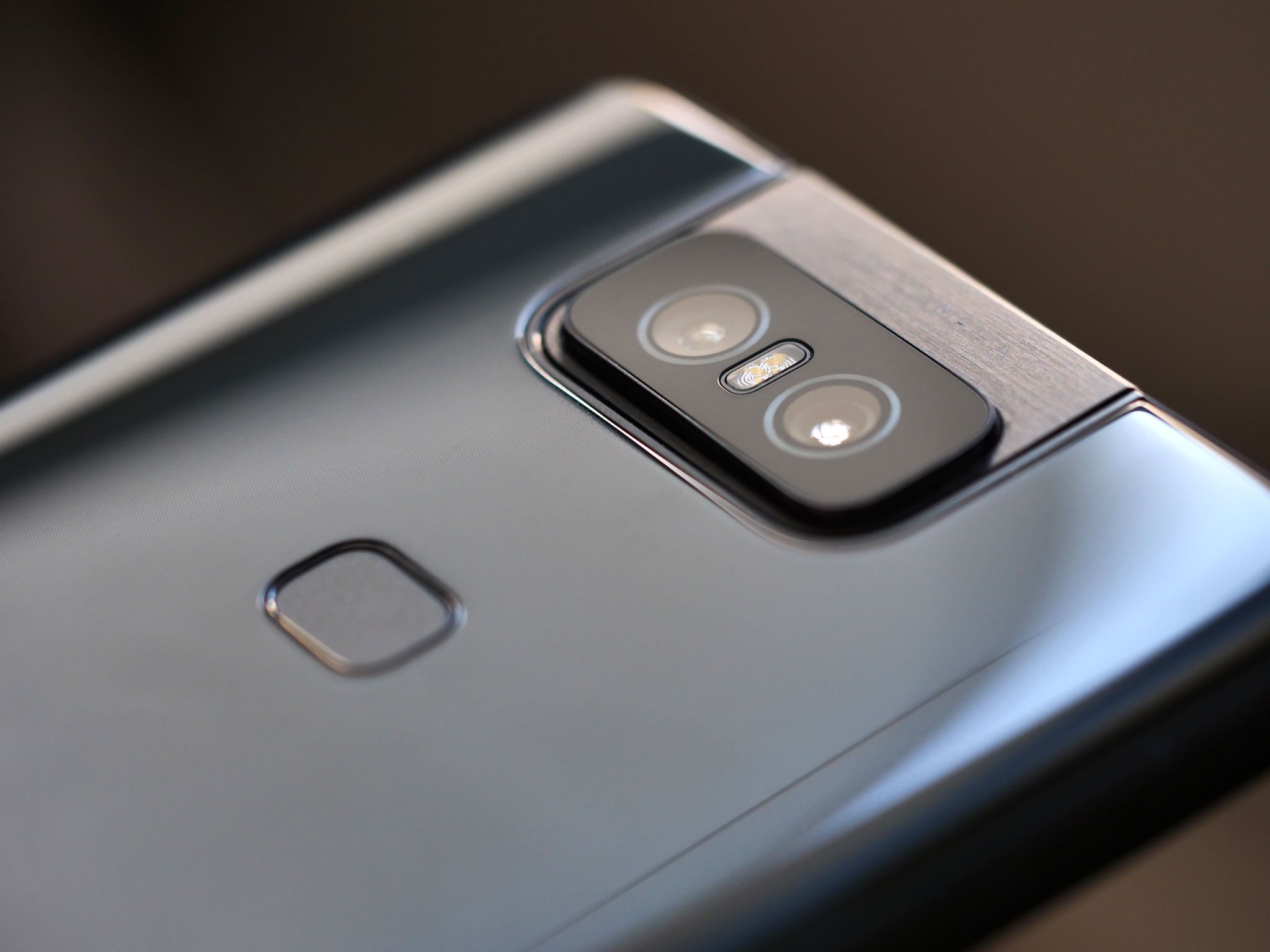












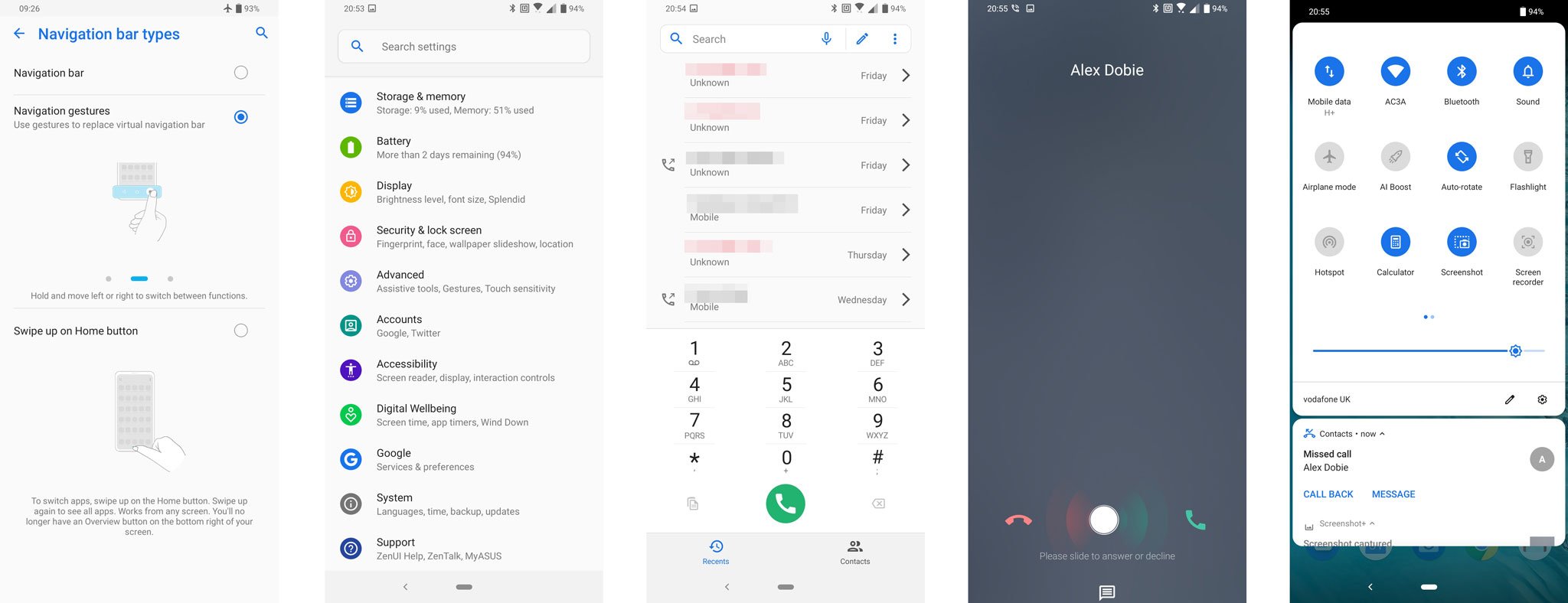
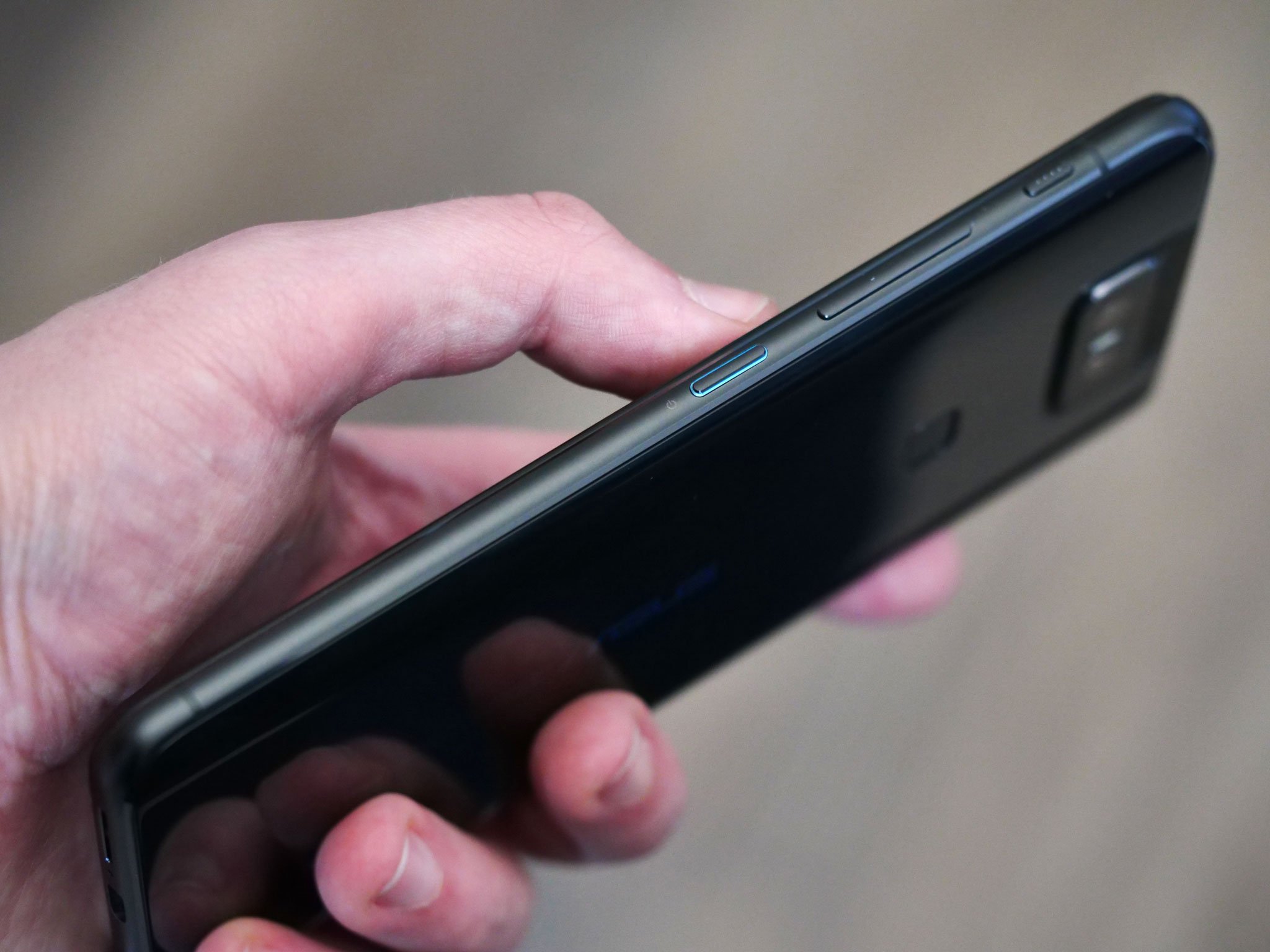
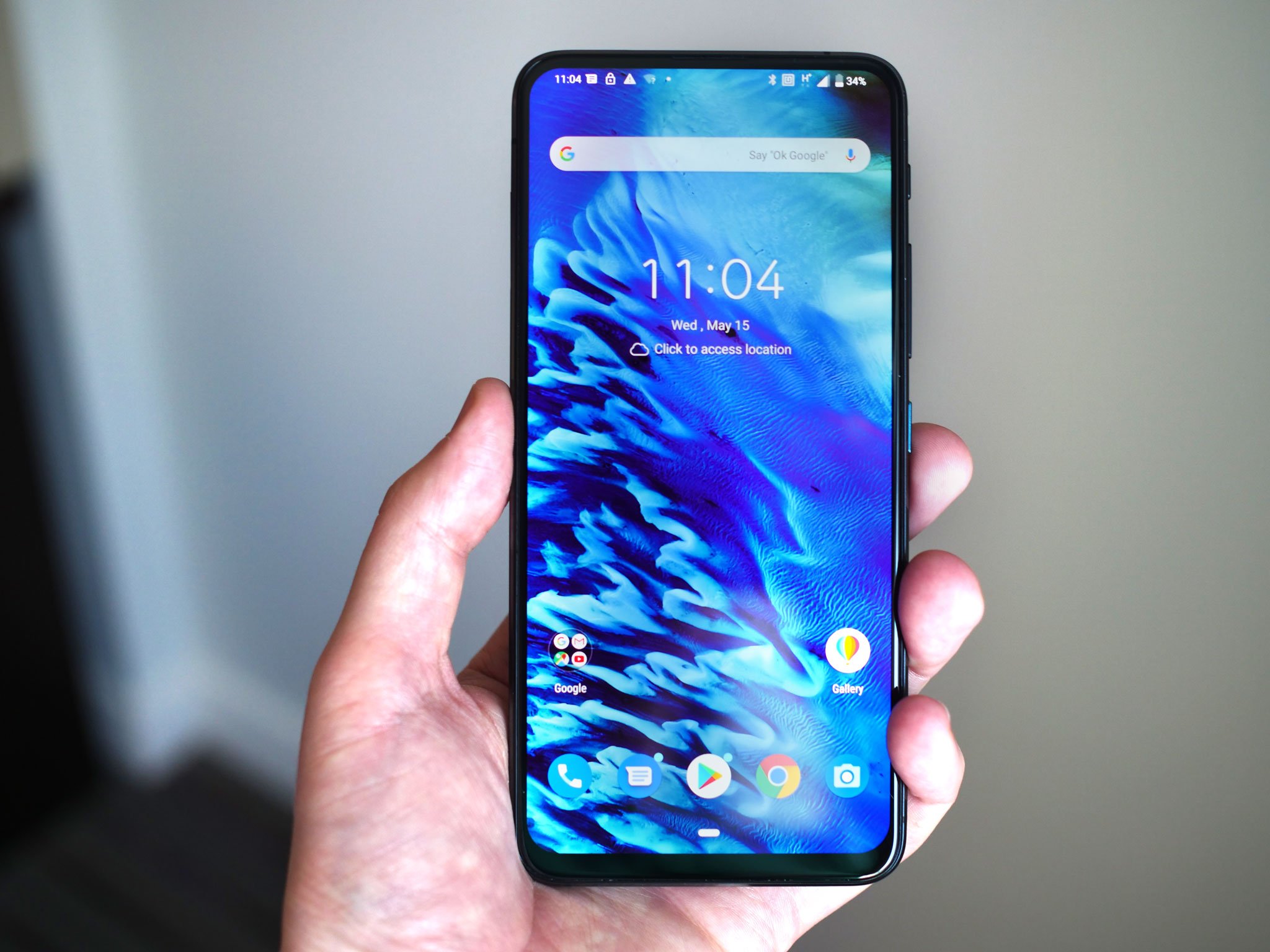


Post a Comment